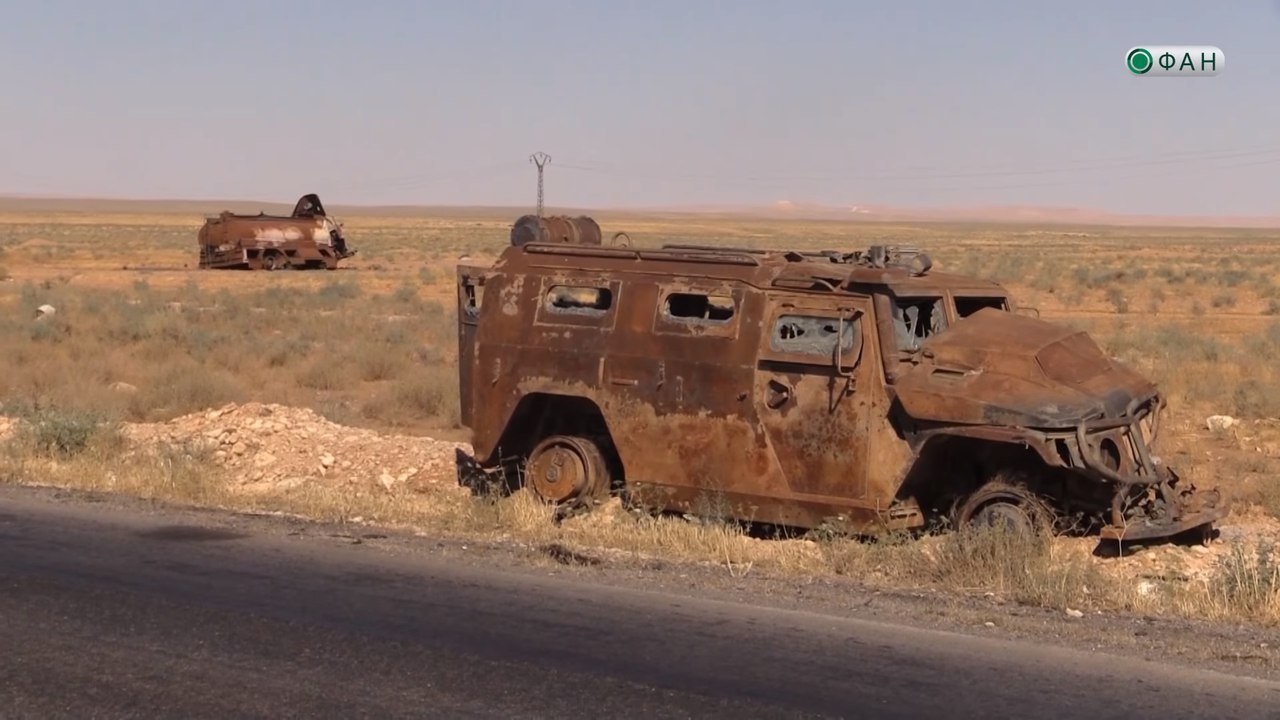Intended to be a cornerstone of Russian military transport, the Tigr series of infantry mobility vehicles have been exported all over the world and have seen significant use in Russia’s invasion of Ukraine, particularly in the first weeks of the war.
What we Know:
Known by the Russian word for “Tiger,” the first prototypes of the series were revealed in 2002 and entered serial production in 2004. In its basic form, the 4×4 Tigr is powered by a Cummins B205 20 diesel engine and can reach speeds of up to 140 kilometers per hour on roads. According to Russia’s state defense export company Rosoboronexport, the Tigr is protected by armor capable of stopping 7.62mm rounds to shield the vehicle’s two crew members and seven additional soldiers.
Variants and Exports:
The Russian Armed Forces and Rosgvardia are the main operators of the Tigr in Russia. Russia’s military has also received a modernized variant of the Tigr known as the Tigr-M. This version of the vehicle includes upgrades to the Tigr’s armor as well as the capability to mount a variety of types of weapons, which in Russian service is usually a remote-controlled “Arbalet-DM” centered around 12.7mm Kord or 7.62 mm PKTM machine guns.
China has produced Tigr variants of its own, which are known as the YJ2081C or YJ2080C, with the former being a modernized version of the other, similar to the Tigr-M. Partly developed in cooperation with Russia, the United Arab Emirates’s Nimr (which also translates to Tiger from Arabic) is another variant that was tested for use in desert conditions and also saw cooperation from Jordan in the project. Belarus produces its own version of the Tigr as well, known as the Lis-PM, which is very similar to its parent class.
Russia’s Military Industrial Company, which is the designer of the vehicle, is keen to promote its international sales of the Tigr, which has been exported to a variety of countries in Africa and Asia. NATO member Slovakia even received Tigrs of its own, which the Slovakian company Corvus Slovakia subsequently received the right to produce under license.
Service History:
Prior to its invasion of Ukraine, Russian Tigrs saw service in Syria (where they were involved in confrontations with U.S. troops) as well as in Russia’s 2014 seizure of Crimea. Russia’s employment of the Tigr in the early stages of the invasion of Ukraine was emblematic of its wider invasion strategy. In the first days of the war, Russian light infantry in Tigrs and other light vehicles drove into Ukraine independent of the movements of other units and vehicles, erroneously expecting Ukraine’s government and armed forces to melt away without much of a fight. This was particularly visible in the eastern Ukrainian city of Kharkiv, where Russia’s unsupported troops were quickly driven out by Ukraine, losing much of their equipment in the process. Russian Tigrs have seen heavy losses thus far in Russia’s invasion, with 83 Tigr-Ms and 6 Tigrs lost or captured to date according to the open source intelligence blog Oryx.
Regardless of its losses in Ukraine, Russia’s Tigrs will likely remain in service for the foreseeable future, both in the inventories of the system’s Russian users and those abroad.
Wesley Culp is a Research Fellow at the Center for the Study of the Presidency and Congress. He regularly writes on Russian and Eurasian leadership and national security topics and has been published in The Hill as well as in the Diplomatic Courier. He can be found on Twitter @WesleyJCulp.

